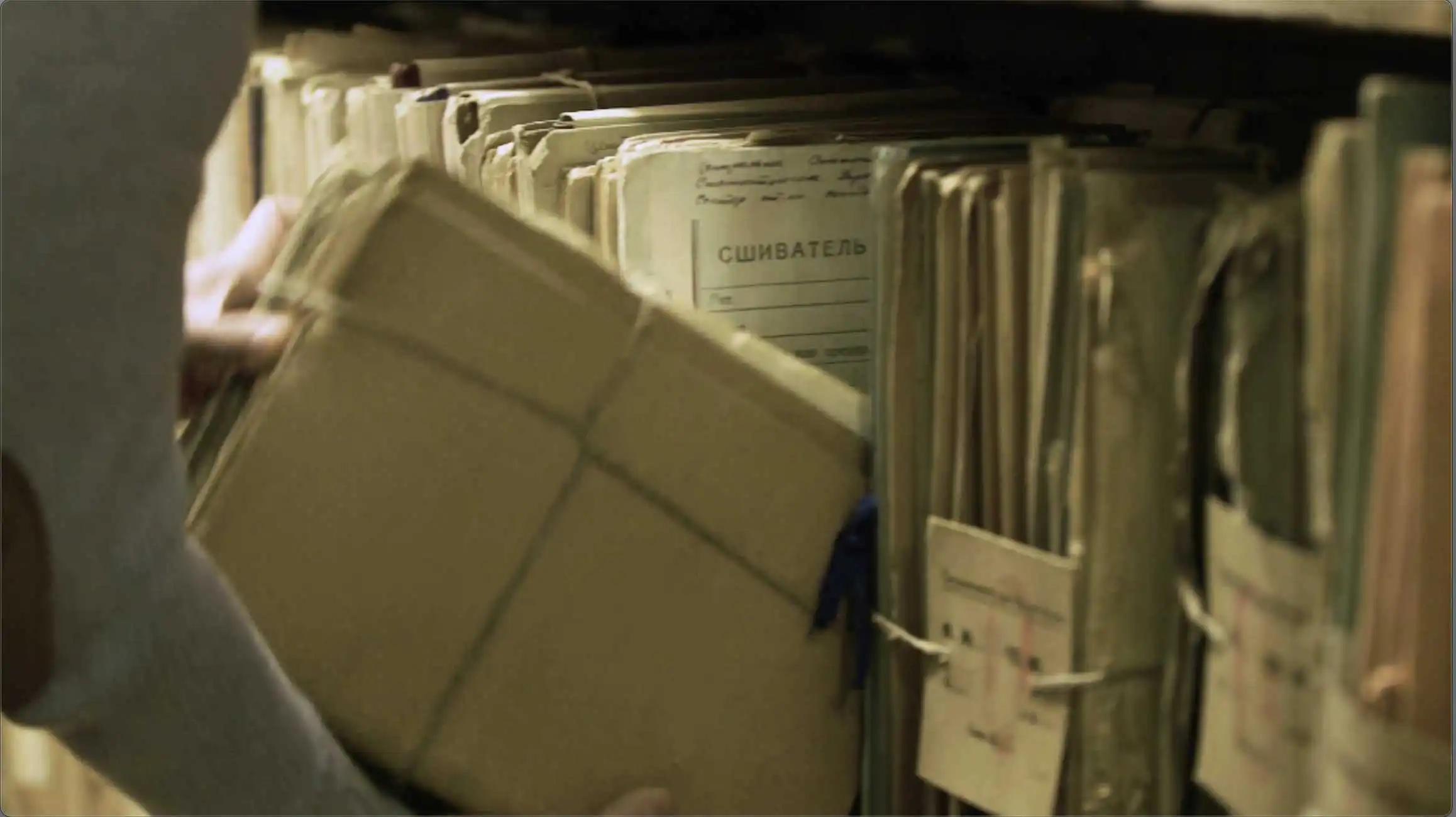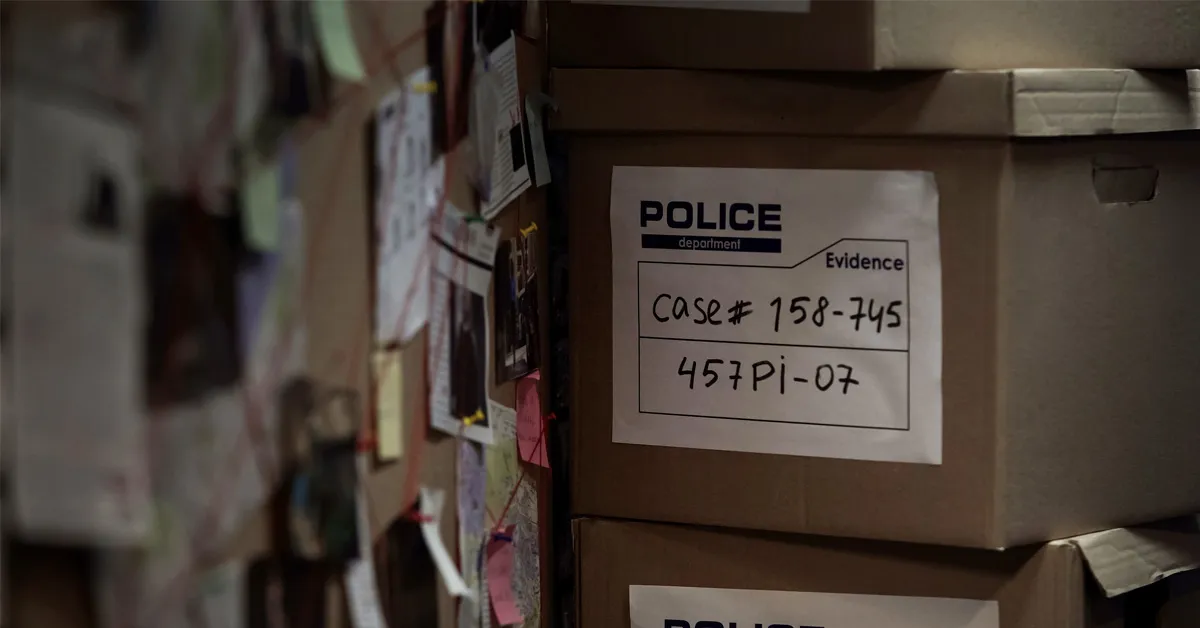
From body cameras and drones to facial recognition and artificial intelligence, public safety agencies are slowly overcoming the hurdles of procurement to realize the collaboration benefits technology has to offer – such as improved communication, public safety, and crime-solving rates. But without the right software to unite everything into one cohesive system, agencies are falling short.
Following in the footsteps of private industries, the public safety space has finally begun to take advantage of the advanced technological tools available today. But while technology is great in and of itself, different pieces are often piled on top of each other without an information management strategy underneath.
This produces information silos that make the technology less effective. So, although collaboration is the goal, it quickly becomes the most difficult task. It’s fairly easy to add new technologies to an existing stack. The hardest part for organizations is properly consolidating the information collected so they can share and utilize data.
It’s because of this that law enforcement agencies need a better way to harness technology more meaningfully – without silos.
Comprehensive investigation case management software designed to function as a centralized sharing point that actually integrates information – instead of patching together legacy systems – can give organizations access to tools that save time, money, and lives.
If your agency is shopping for a system like this to increase collaboration, look out for these key features:
Remote Access
A lot of the action of an investigation occurs out of the office, in the field. But without the right tools in place, the investigation actually slows when investigators are out of the station house.
This creates information silos because investigators who are actively working a case may not have the web-based tools they need to efficiently record and share the activities they’re conducting.
This means they have to wait until they’re back in the station to spread the information to the right people.
Imagine how quickly a case would progress if investigators were able to work from the field and log into a remote system through a mobile application. They could access any piece of case information they need – and quickly report back. Supervisors and agency management could be also kept abreast of things as they develop.
Advancement in technology is more than just using drones or facial recognition. It’s about being able to meaningfully and collaboratively connect the dots.
Quick and Secure File Sharing
On a similar wavelength to remote access, a lack of streamlined, encrypted channels for file sharing makes information silos worse.
For example, say your investigative team is working on a robbery case that, after further development, evolves into a homicide case. This situation might require you to transfer the case to different people.
All of the components of the case folder you’ve generated – from lead progress to evidence to activity reports – need to move to the right person. This task becomes a nightmare and may be left partially incomplete just by human error, especially when the case folder is created on paper.
It needs to be more than just physically handing paperwork over.
In order to move the case in the right direction, collaboration needs to be on the frontline. This means moving away from paper case folders to a software system that makes assigning tasks within a team for follow-up simple. It also has to make sharing case folders between work units and departments smooth.
But collaboration should not undercut security. It’s important that case folders have different levels of individual access. Controls need to be in place so that the case can go to the right person at the right time.
For example, your software should allow you to add certain members of a team to an entire case folder but still secure specific, sensitive documents within.
These tasks have been major pain points for agencies using the traditional investigation method. Shuffling real papers around by hand is messy, not trackable, and creates a risk that a sensitive report could fall into the wrong hands.
Investigation case management software eliminates these problems and boosts collaboration in public safety.
Streamlined Communications
With so many different ways to communicate, law enforcement agencies need to be careful when choosing their channels – for the sake of handling sensitive data securely.
Agency effectiveness starts to break down when key members of the investigative team don’t know the status of a current case or don’t know when or what the next steps are.
An in-person briefing works great until a member of the team is out of the office with valuable, case-changing information. Then what? When different pieces of information are spread across email, instant messaging platforms, and verbal conversations, it’s more difficult to move on to the next steps.
The right collaboration tool should create a dedicated space for communications, organized by specific cases. This way, action items are centralized next to key case facts. Individuals can see a record of the thread and monitor case progress, so they know what’s coming next.
Communication is the crux of collaboration in public safety agencies.
Conclusion
These are just a few of the many components that software should have to help bring a workforce together and revitalize collaboration.
Your investigation case management software should be the umbrella that oversees all of the technologies that your agency implements. With all of the amazing technological advancements available today, it’s easy to become siloed within one specific duty.
Remember to ask yourself, as you deploy top-of-the-line technologies like drones, body cameras and facial recognition: How am I sharing the information I’m uncovering with the rest of the team, so we can make progress with our case?
Ready to break down information silos and boost collaboration in your agency? Find out more about CaseBuilder™.




